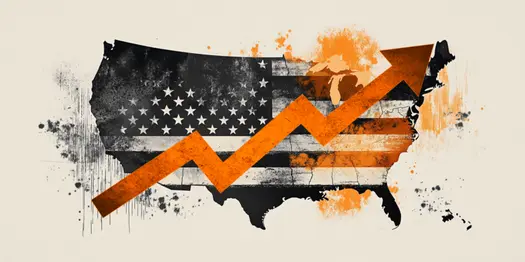T4K3.news
Trump vows 1500 percent drug price cuts amid questions on feasibility
A closer look at Trump's claim to cut drug prices and the practical limits of implementing such a promise.
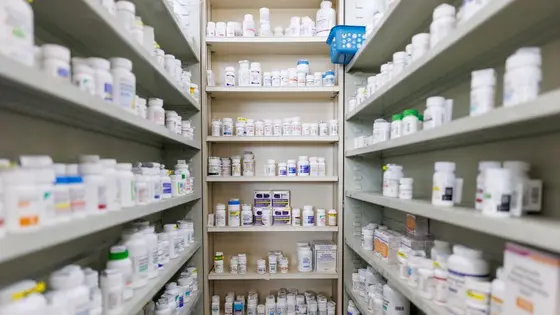
A close look at Trump’s bold drug price pledge and the practical limits of enforcing lower costs in the United States.
Trump vows 1500 percent drug price cuts amid questions on feasibility
President Trump has framed a dramatic promise to slash prescription drug costs by 1500 percent, saying reductions will begin within two to three months. Experts say such a figure is mathematically impossible and that executive action alone cannot dramatically reset prices across the entire US market. The administration argues that it can pressure manufacturers and use policy tools, but many observers note that Congress holds the levers of pricing power and that legal challenges are likely to follow any sweeping step.
The centerpiece of the push is the Most Favored Nation pricing idea, aiming to set US prices at or near what peers pay in other countries. An earlier version faced court blocks and was rescinded. Now officials are seeking voluntary compliance or penalties, while looking at imports, Medicare reimbursement, and potential drug exports. The plan faces uphill battles from a complex chain of players including PBMs, insurers, hospitals, and manufacturers.
Key Takeaways
"The administration, by itself, has relatively limited power to affect drug prices across the US market."
Economist commenting on executive power limits for price controls.
"The rhetoric has only been intensifying. Even if the math doesn’t make sense, the political message is serious."
Milena Sullivan of Avalere Health on signaling from the White House.
"Moving forward, the only thing I will accept from drug manufacturers is a commitment that provides American families immediate relief from the vastly inflated drug prices and an end to the free ride of American innovation by European and other developed nations."
Trump statement in a letter to CEOs.
"We have cut drug prices by 1,200, 1,300, 1,400 and 1,500 percent."
Trump on the record with price reductions.
Why this matters goes beyond a headline. It highlights a shift toward price levers that mix rhetoric with policy risk. The US system for drug pricing is a tangle of manufacturers, insurers, PBMs, and providers. A promise to align prices with other rich countries could change incentives, but it risks shortages if supply responds badly and if domestic innovation suffers.
Politically this move signals a high stakes test for both parties. If the expected relief never materializes quickly, a backlash could grow among voters and patients who feel real pain at the pharmacy counter. The more meaningful changes will need steady bipartisan work and lengthy implementation that tests patience and trust in government.
Highlights
- Rhetoric meets hard math in the price debate
- Policy promises must survive the long road of implementation
- Price relief depends on Congress as much as the White House
- The market is more complex than a single reform plan
Political policy risk around drug pricing push
The proposed measures touch on budget implications, regulatory authority, and public reaction. If policy moves rely on executive actions rather than legislation, legal challenges and political backlash could shape outcomes.
Policy promises move from headlines to budgets and ballots.
Enjoyed this? Let your friends know!
Related News
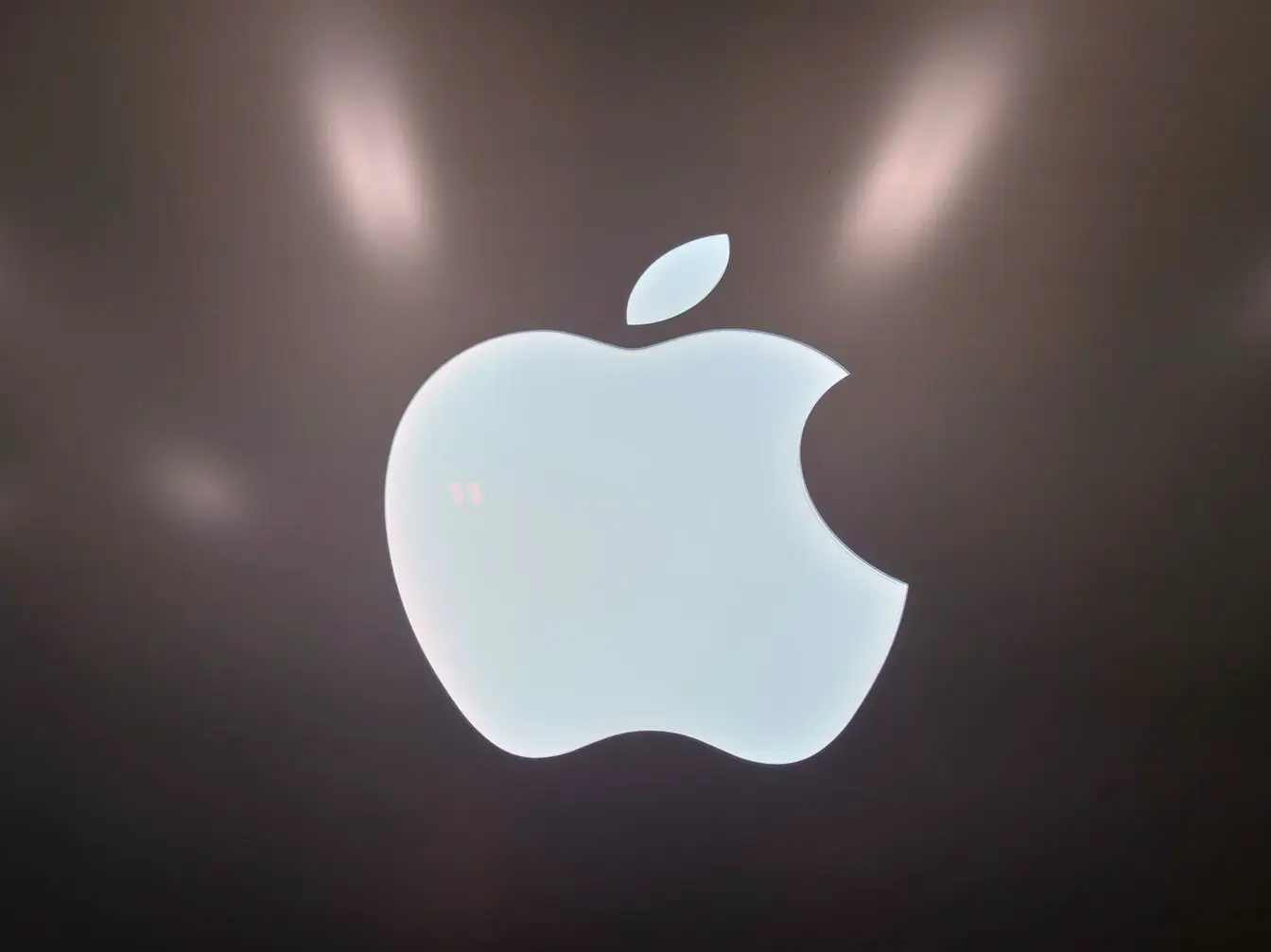
Apple announces additional $100 billion investment in the US
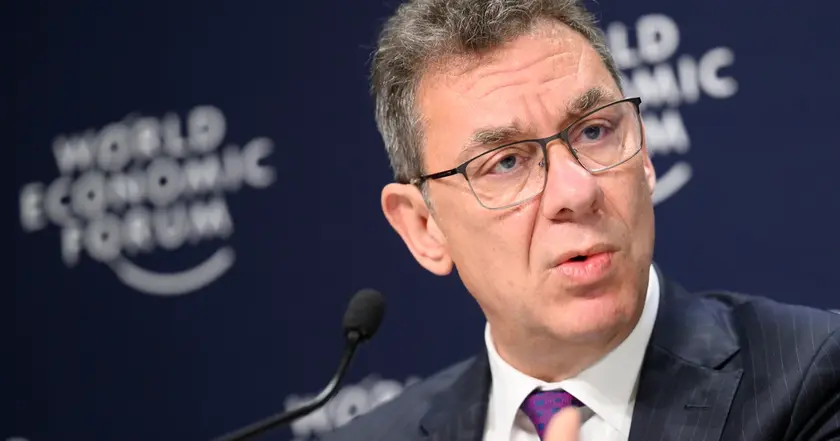
Pfizer CEO attending Trump fundraiser amid price cut demands
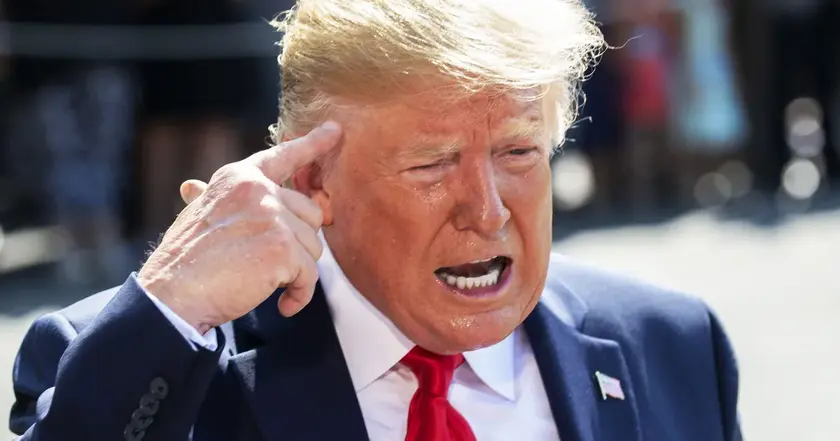
Trump Claims Drug Prices Reduced by 1500%
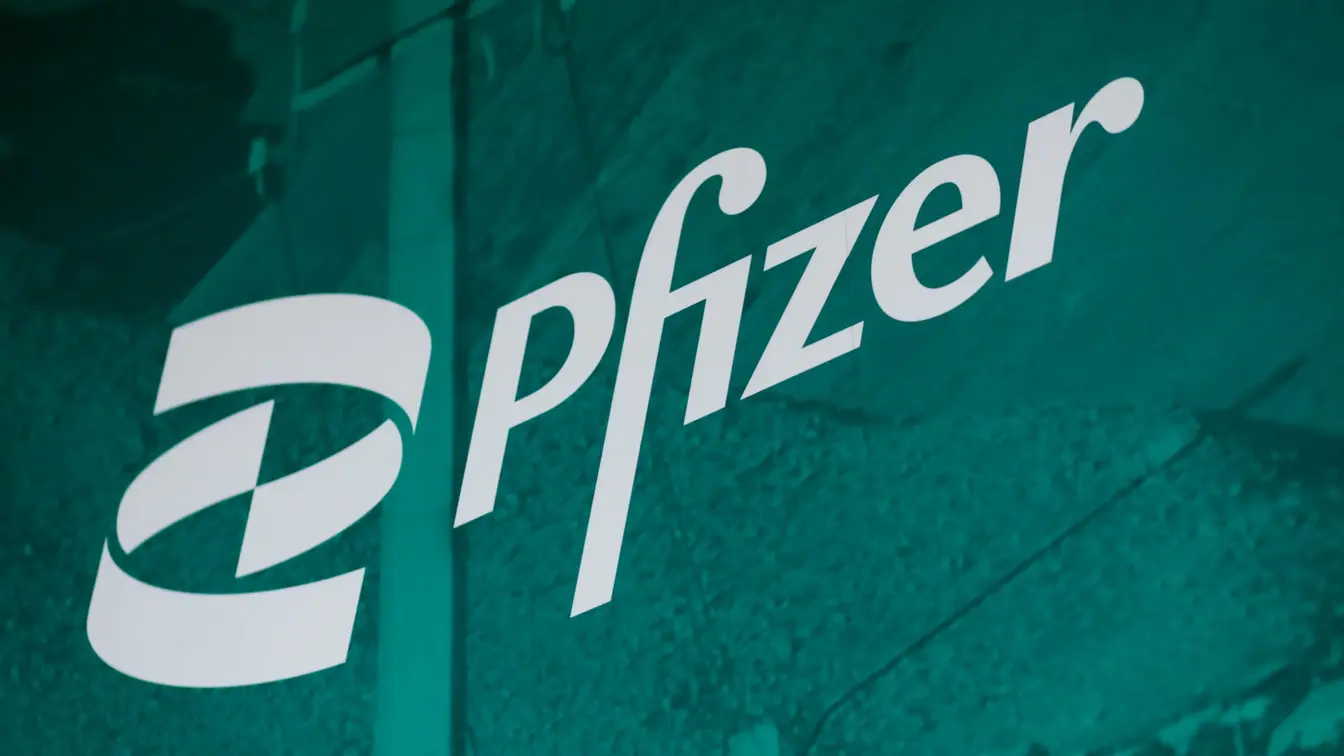
Pfizer adjusts profit outlook amidst external pressures
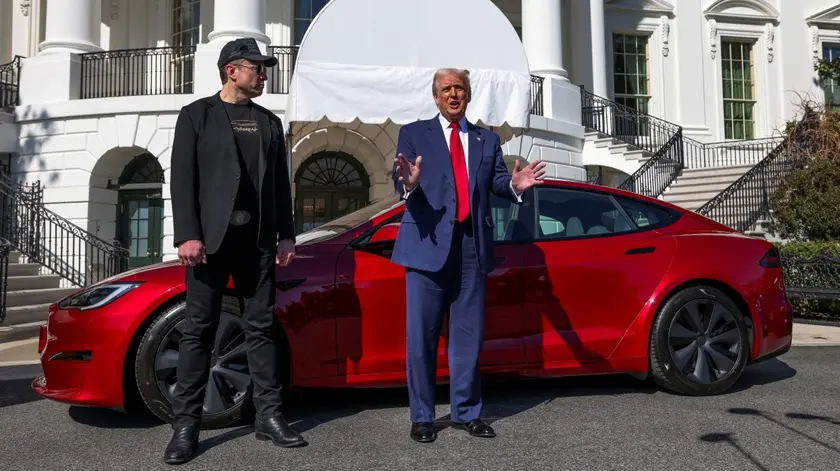
Tesla's UK sales drop nearly 60 percent
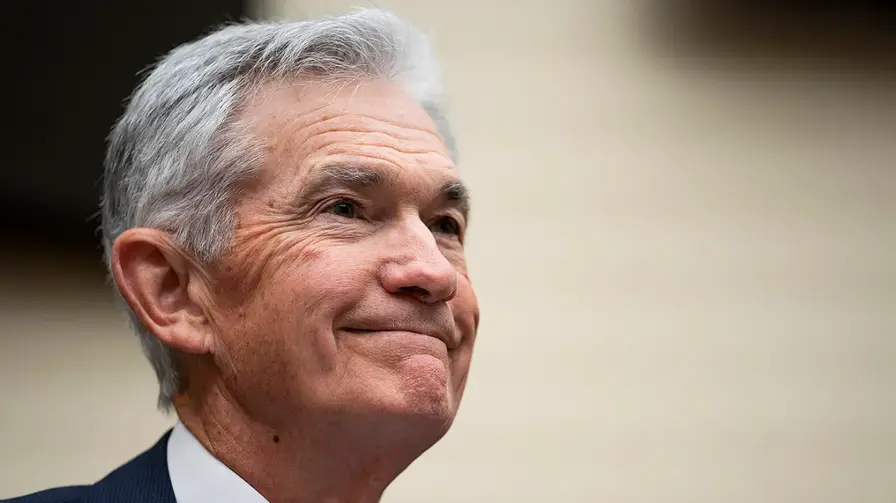
Federal Reserve holds interest rates steady amid inflation issues
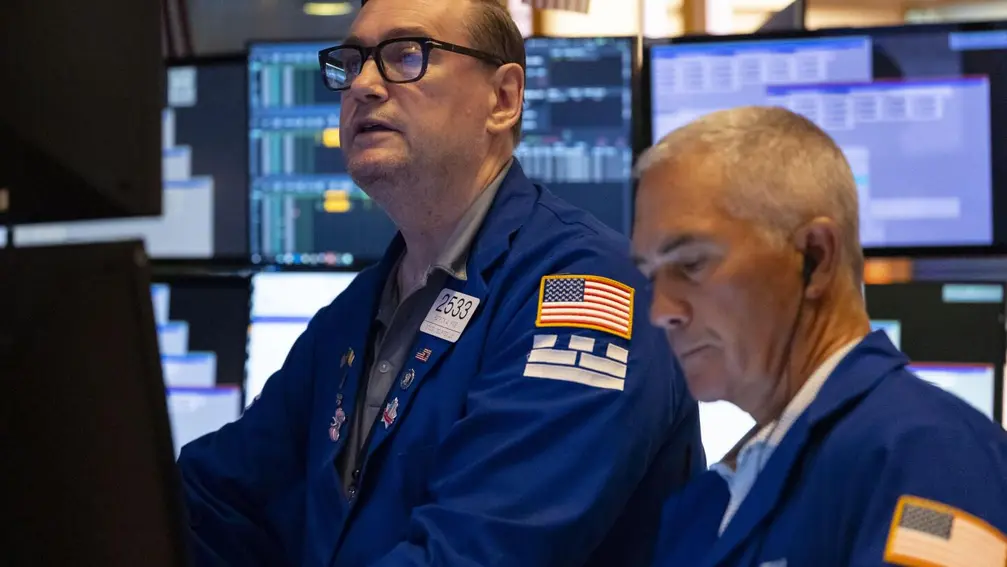
Wall Street slips as tariffs take effect

Bank of England to cut interest rates to four percent
